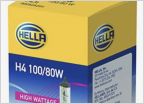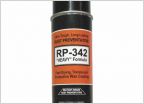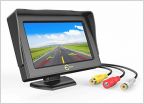-
Welcome to Tundras.com!
You are currently viewing as a guest! To get full-access, you need to register for a FREE account.
As a registered member, you’ll be able to:- Participate in all Tundra discussion topics
- Transfer over your build thread from a different forum to this one
- Communicate privately with other Tundra owners from around the world
- Post your own photos in our Members Gallery
- Access all special features of the site
So ... you wanna buy / just bought a 1st Gen Tundra, eh?
Discussion in '1st Gen Tundras (2000-2006)' started by shifty`, Nov 14, 2022.
Page 1 of 8
Page 1 of 8


 Screwed up and used the green stuff
Screwed up and used the green stuff Carrier bearing - odd wearing of rubber
Carrier bearing - odd wearing of rubber New headlight bulbs (Hella H4 100/80W)
New headlight bulbs (Hella H4 100/80W) Frame rusting mediation
Frame rusting mediation New to me 02, questions
New to me 02, questions 2004 Dbl Cab backup camera
2004 Dbl Cab backup camera


